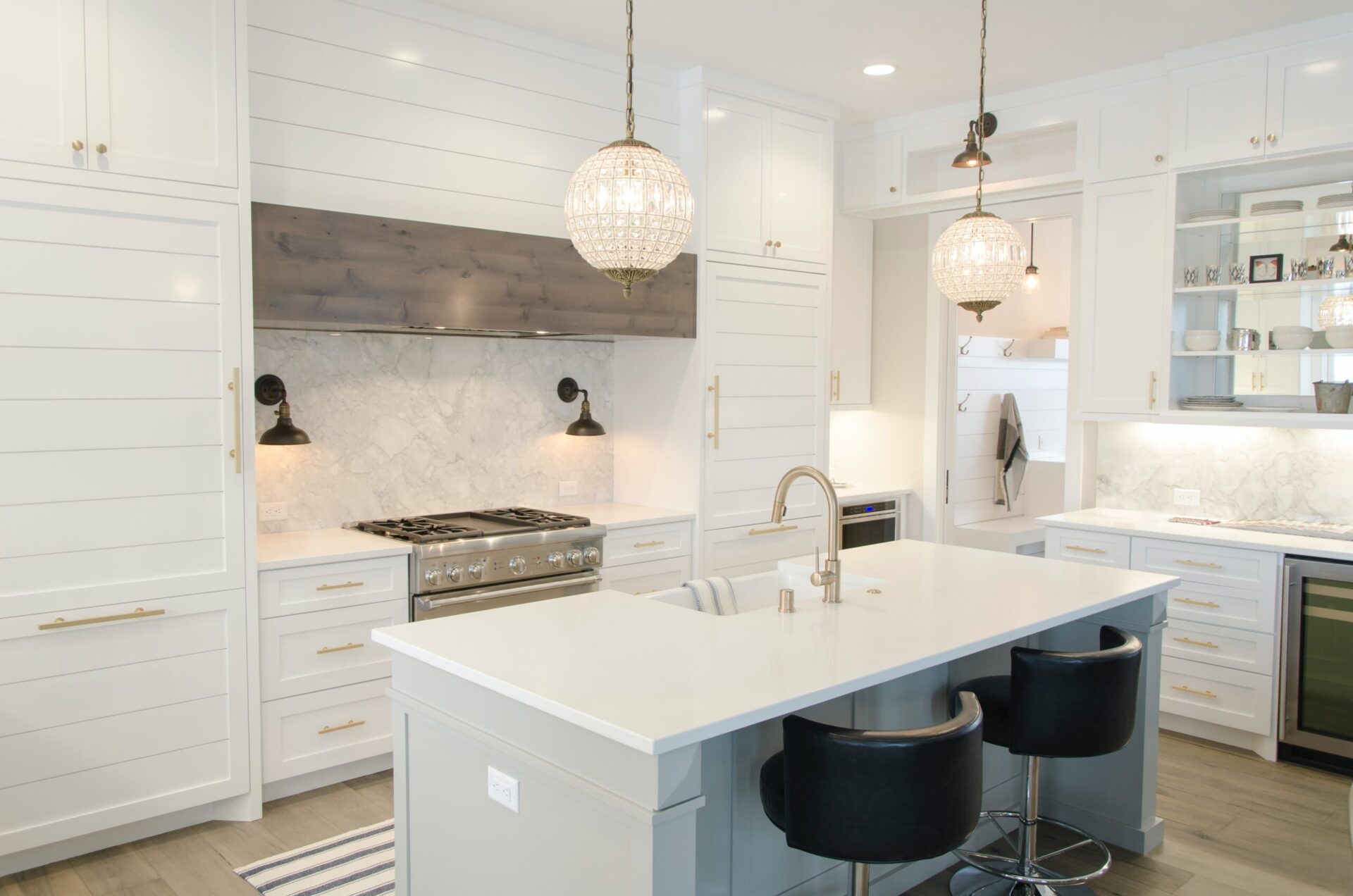The kitchen, often referred to as the heart of the home, requires proper lighting to ensure it’s a functional, cozy, and inviting space. Whether you’re an amateur cook or a culinary expert, the right lighting can make a world of difference in your kitchen. This Kitchen Lighting: Buying Guide is designed to guide you through the entire process, helping you make informed decisions based on your preferences and needs.
Kitchen Lighting: Buying Guide
Understanding the Importance of Kitchen Lighting
Kitchen lighting isn’t just about functionality; it’s about creating an ambiance that reflects your style and personality. From preparation to plating, adequate lighting ensures that you can perform each task with precision.
Different Types of Kitchen Lighting
- Ambient Lighting: Provides overall illumination for the entire kitchen.
- Task Lighting: Focuses on specific areas for tasks like chopping and reading recipes.
- Accent Lighting: Highlights decorative elements such as artwork or architectural features.
Choosing the Right Fixtures
- Ceiling Fixtures: Ideal for ambient lighting.
- Pendant Lights: Perfect for island or dining areas.
- Under-Cabinet Lights: Excellent for task lighting.
How to Plan Kitchen Lighting
- Assess Your Needs: Understand the activities that will be performed in the kitchen.
- Consider the Layout: Plan lighting based on the kitchen’s shape and size.
- Choose the Style: Select fixtures that complement the interior design.
Best Bulb Types for Kitchen
- LEDs: Energy-efficient and long-lasting.
- Halogen: Bright and clear, but can be hot.
- Compact Fluorescent (CFLs): Eco-friendly, but not as aesthetically pleasing.
Installation Guide
- Hiring a Professional: It’s recommended to hire a licensed electrician to ensure safety and quality.
- DIY Installation: For those who are handy, following the manufacturer’s instructions is essential.
Maintaining Your Kitchen Lighting
- Cleaning: Regular cleaning keeps the fixtures shiny and bright.
- Replacing Bulbs: Understanding when and how to replace bulbs ensures continuous, efficient lighting.
Energy-Efficiency Considerations
- Smart Bulbs: Allow control through smartphone apps.
- Dimmer Switches: Helps in controlling brightness and saving energy.
Safety Precautions
- Proper Wiring: Always ensure proper wiring to prevent electrical hazards.
- Using the Correct Bulbs: Using the right bulbs in the right fixtures is essential for safety.
FAQs
- What type of lighting is best for a small kitchen? Ambient lighting with carefully placed task lighting works well for small kitchens.
- How can I make my kitchen lighting more energy-efficient? Using LED bulbs and smart controls can contribute to energy efficiency.
- How many layers of lighting should a kitchen have? Typically, three layers of lighting (ambient, task, accent) are recommended.
- Can I install kitchen lighting myself? Yes, but it’s best to follow the manufacturer’s instructions or hire a professional for complex installations.
- What are the trending styles in kitchen lighting? Minimalistic designs, vintage fixtures, and smart lighting are currently trending.
Conclusion
Choosing the right kitchen lighting is a significant decision that impacts the functionality and aesthetics of your culinary space. From selecting the perfect fixtures to understanding the types of lighting, this Kitchen Lighting: Buying Guide has been your comprehensive guide to illuminating your kitchen with elegance and efficiency. Happy cooking!



